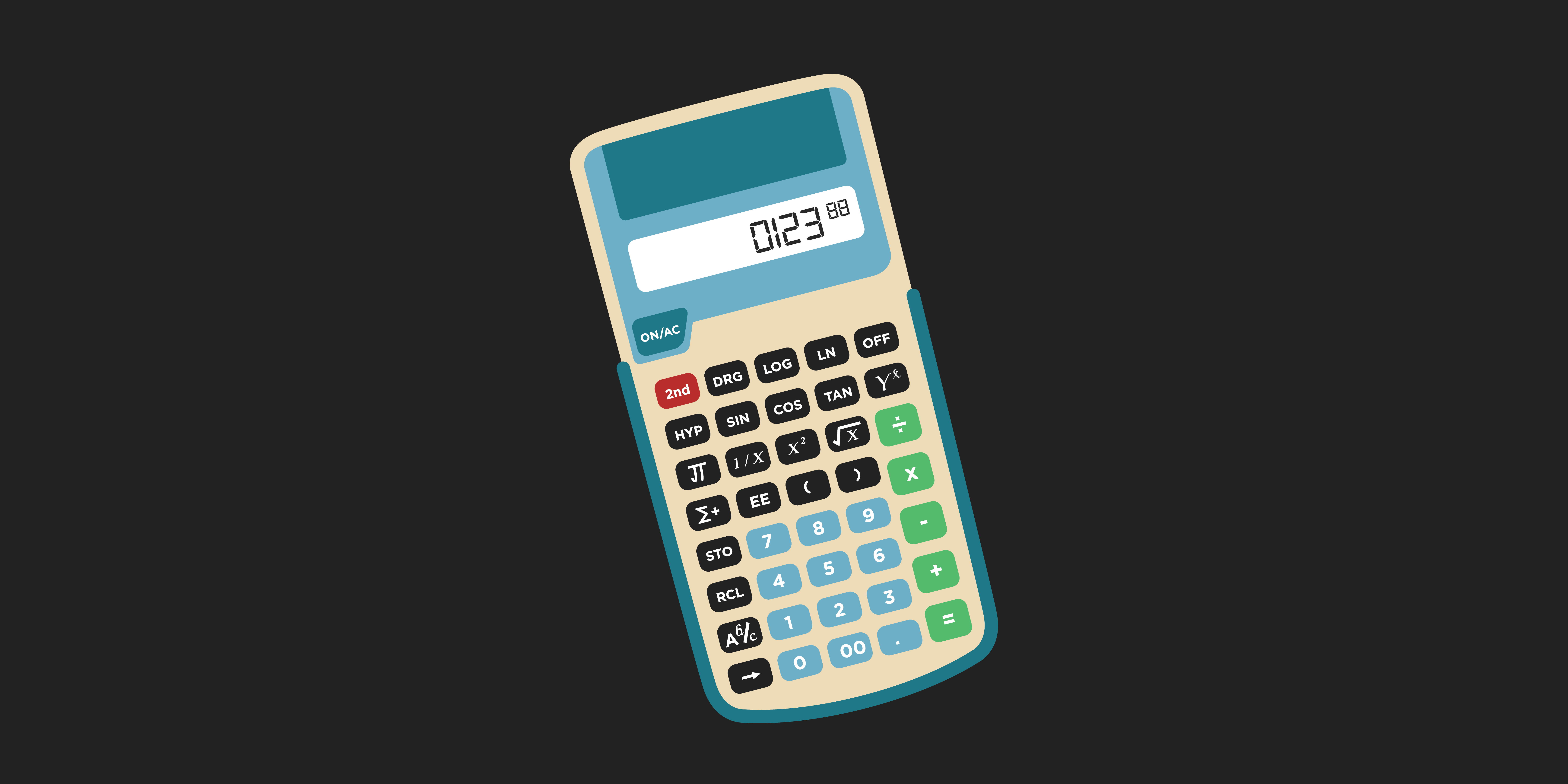Financial risk and the management of risk are at the core of investment success. Without a solid understanding of risk and the principles for managing and reacting to it, you might as well be buying a series of lottery tickets.
Basic Concept of Financial Risk
The basic concept of financial risk is simple. It is the potential for change in the price or value of some asset or commodity. Note that we do not need to think of financial risk as restricted to the potential for loss. There is both an upside risk and a downside risk.
Consider Two Assets
One asset, Asset A, has a price that appears to be virtually fixed in place. It is a utility issuing dividends with the regularity of a fixed income note. Naturally, the price of the utility stock will vary somewhat over time but it does not appear to deviate too much from its central level.
The second asset, Asset B, is one whose stock price only moves in double digit percentage moves. There have been some frightening moves to the downside as well as healthy appreciations in price. These former price movements tend to be in reaction to increasing interest rates.
Which One of the Two Assets is Riskier
The answer depends on how risk is defined.
If you think of financial risk using the simple concept that discusses the potential for price change, then we would pick Asset B as being the riskier of the two assets. Its daily price movement constitutes a greater percentage of its underlying price.
However, we can look at risk on a number of different time scales.
Now, if I told you that Asset B, while moving around in double-digit percentage increments at a time, generally stays in a range between 70 and 90, what would you say when asked about the relative riskiness of the two assets?
The answer is indeterminate from the information given to us. We know that Asset A is a range-bound asset, as well. However, we do not know the size of that range, nor do we know the underlying price. It could be that Asset A stays in range bracketed by 7 and 9 with similar percentage movements. In that case, Asset A and Asset B would appear to have equivalent risk. It could be suggested that Asset A would still be less risky because of the reliability of its income flow.
The key point to note here is that a long-term investor has a different perception of the risk of an asset because of his different perspective.
Financial Risk and Opportunity Loss
The final ambiguity that we can introduce to the concept of financial risk is the risk of opportunity loss.
Assume now that Asset A trades in a range between $7.50 to $7.75.
We must recognize that by investing in Asset A and not investing in Asset B, we give up the potential for gain in Asset B as well as the potential for capital loss.
If I am a young investor looking for aggressive compound returns, such a risk of opportunity loss is often unbearable.
Risk is not so straightforward after all.







